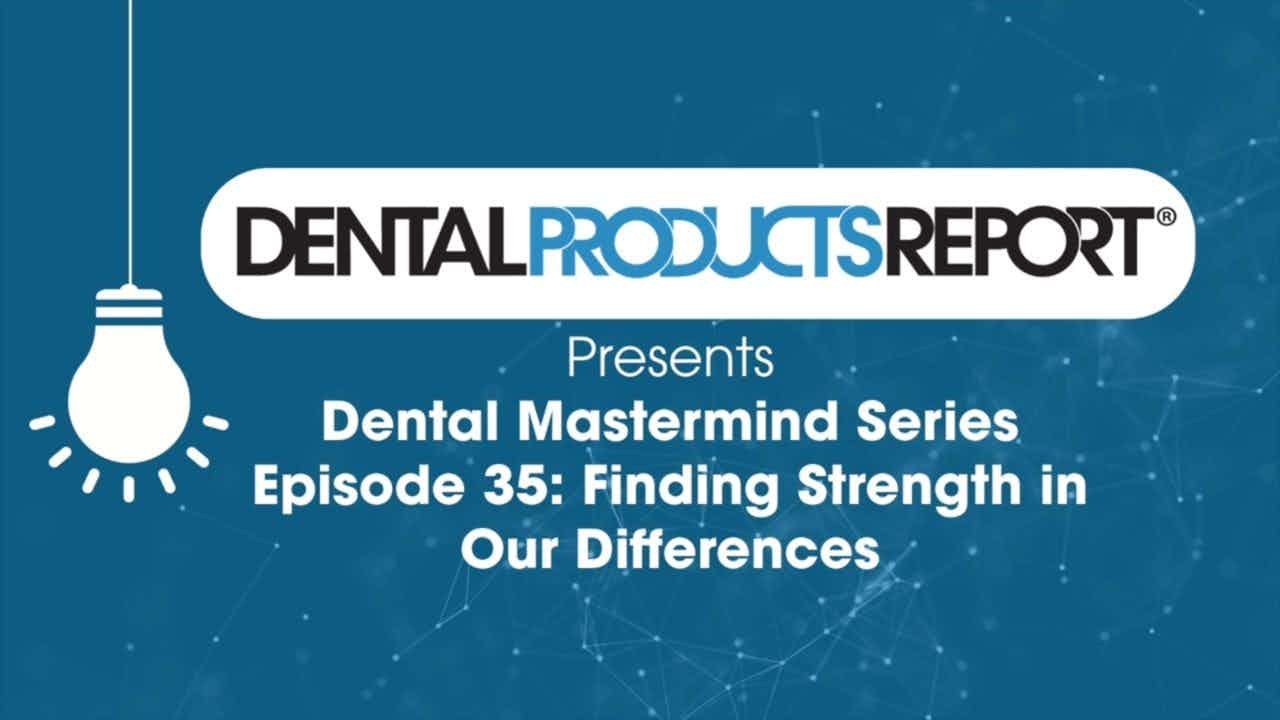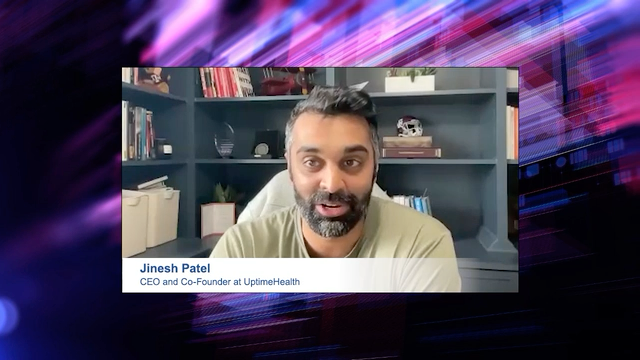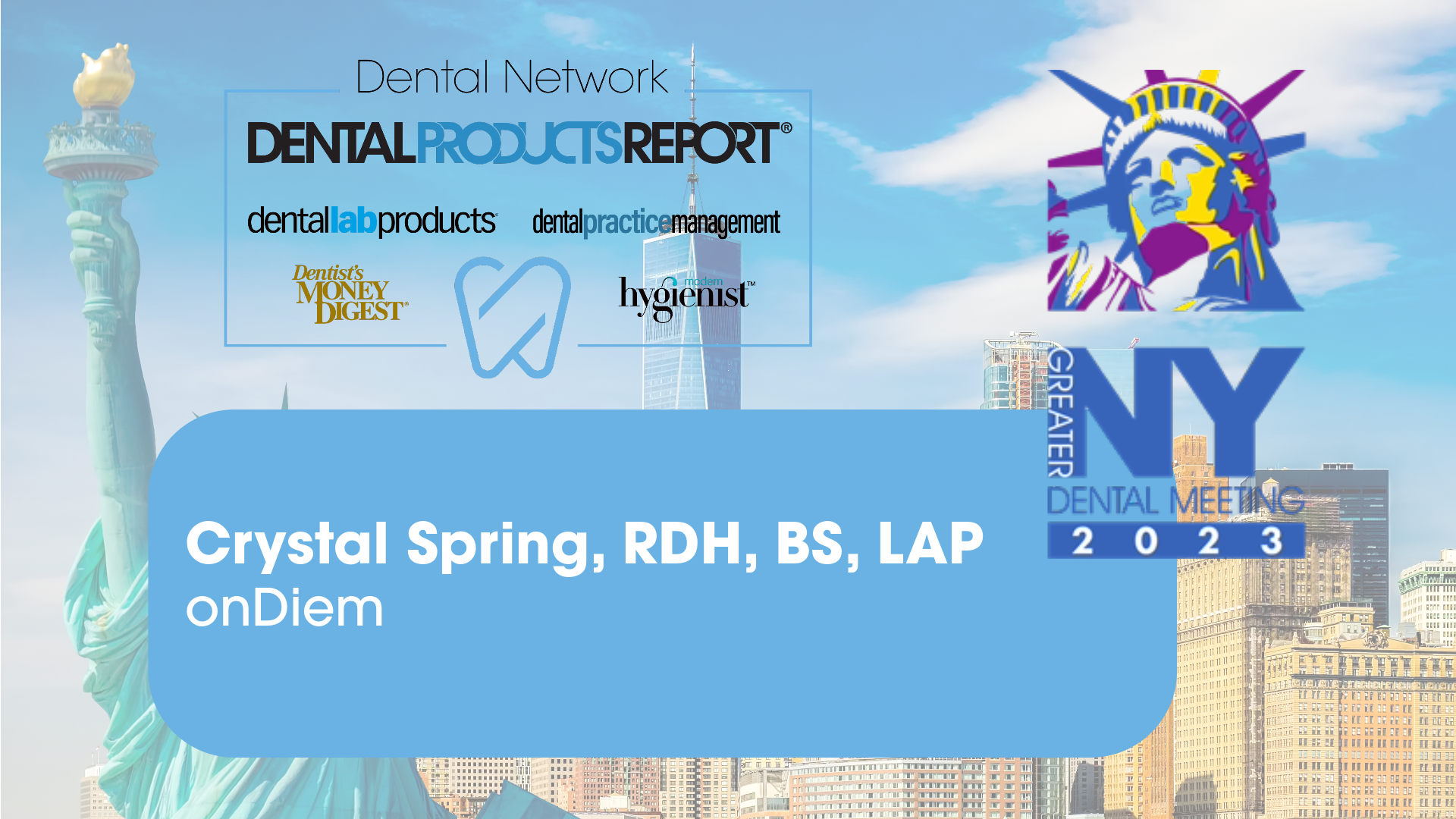How to grow your practice in the changing dental landscape
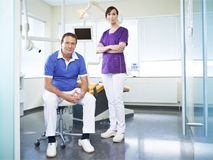
In the changing wold of dentistry, it can be hard to stay ahead. Dental consultant Jack Abrams sat down with Wendy Briggs and Dr. John Meis of The Team Training Institute to find out how TTI can help practices get out ahead of the curve.
Jack Abrams: What are the biggest trends or movements challenging independent dentists and their businesses?
Wendy Briggs: We see a few major changes that are causing stress to dentists around the country.
The infiltration of insurance at a higher level, in all areas of the country. It used to be that only certain geographical areas were affected by PPO, and managed care plans. This is changing rapidly. Many practices are having to adapt and are finding it difficult to know where to start.
We also see a consolidation of practices by corporate entities that are causing some serious changes in the marketplace. Affiliated practices are becoming more common, and that changes the feel of many practices.
The need for a world-class patient experience and patient processes are becoming more critical as our world communicates through social media.
The level of competition is changing traditional dental models very rapidly as well. Both competition within professional circles (as in some markets there is saturation of hygiene providers) and competition for patients.
The need for expanding one’s clinical skill set to provide more expanded treatment in house is also an important trend that we are seeing.
JA: Dr. Meis, I understand you maintain a very vibrant practice as well as manage a national group of practices. How did this come about?
Dr. John Meis: Early in my career, when I was drowning in debt, and had just had my first child, I had a serious health scare. I was a young guy who was in pretty good shape, but I realized that every day I was feeling more and more fatigued, things that were once easy were becoming very difficult, and things just kept getting worse.
I was diagnosed with cardiomyopathy, a serious condition that usually requires a heart transplant. The good news is that I have been symptom free for over 20 years. BUT it was during this scare that I realized that I was not in a good financial position. I literally HAD to work in my practice. If I physically couldn’t do that, what would happen to my wife? What would happen to my young children? What would happen to my dental practice and my team?
Because of this scare, I decided to get serious. I decided to figure out how to become financially secure as quickly as possible. For the next eight years I went out and got as much continuing education as physically possible. In fact, I became a Fellow of the Academy of General Dentistry and a Diplomat of the International Congress of Implantologists, I was the president of my local dental society, and the president of the state AGD. Although I was now a more clinically excellent dentist my practice wasn’t improving. So, I started to study:
Practices that were doing over 50 million a year
The really high producers (over $200K/month personal production)
Those that had million dollar net incomes
In studying these groups, I determined that there were 11 productive practice principles that applied to those three groups, and I set out to apply these principles in my practice.
Within three years, I was producing over $225K/month in personal production, we had grown my one practice location to three practices, and our initial practice was in the top 1% of all dental practices.
If I could go back, I would obviously have found successful mentors earlier on in my career. I would have studied the ‘Business of Dentistry’ earlier on. Another thing I might do differently is to expand to multiple locations sooner than I did. Our initial practice has 21 treatment rooms. I might do that part differently today, and address our capacity needs a bit differently now than I did then.
I also would choose my continuing education differently. I realize now that my choice of clinical courses (although I am really glad I learned what I did) didn’t provide the help that I was seeking. I was looking for help with practice growth in the wrong places. I have realized you can’t solve an operations problem with better clinical skills.
JA: Is there one piece of advice that you would give to a young associate dentist who plans on owning their own practice one day?
JM: I would say that too many dentists focus on acquiring more new patients. “If I had more new patients, I would be earning more. If I had more new patients, I wouldn’t be having this problem many dentists truly believe that more new patients is what they need. In our experience, many dentists really don’t need more new patients.
They need to be more effective with the patients they already have. There really are only four to five steps that you need to put your income into the top 1% of all dentists. When you do this, your financial future is more certain and your patients will always know that you are providing high-quality dental care for their long-term health. They are:
Optimize production
Create systems
Build a management team
“Tiger Proof” yourself
Replace your personal production income
These are the steps that we have used to take practices from the brink of bankruptcy to over $1M in revenue; to take a $1M practice to $5M. Once you learn the basic strategies behind optimizing production, creating systems for efficiency in all aspects of the practice, building team leaders and team members and utilizing doctor time in the most effective way possible practice growth occurs. Sometimes it’s incredibly rapid growth!
I have learned that you can’t solve an operations problem with more new patients, in fact many times it makes things worse! If a young dentist were to learn this early on, it could have a powerful impact on their future.
JA: How do you see the fee for service business model in 2015 and beyond? What direction would you take if you were opening a practice from scratch today insurance model? No insurance/FFS model? Hybrid model? DMO/Medicaid model?
JM: I know this might seem difficult to believe, but the most successful practices we work with accept insurance. In fact, the MOST successful accept ALL insurance plans. PPO, all of them. The key to succeeding with this model is to have great systems in place. We help practices know what to do differently to succeed while accepting insurance.
Some consultants would have you believe that moving towards Fee for Service and away from insurance is the future of dentistry. Although it sure would be nice to believe that, we just aren’t seeing it. There are a few select practices in a few select areas that are able to thrive in a FFS model, and if that is you..keep doing what you are doing! WE see very charismatic dentists in non-competitive markets able to succeed here, but this is rare.
Many dentists who were able to do well with this model in the past are finding it much more difficult today. In many areas, dental insurance and even PPO infiltration is high...and we are fairly certain that isn’t going to change. The key is to be able to adapt, and provide dentistry at a high level in EVERY model. That is what we teach.
As for what model of practices we would utilize ourselves, in the last 12 months I have opened nine start up practices and we set them up as a hybrid model. These practices accept nearly all insurance plans as well as Fee for Service patients. In this model these practices are at a positive cash flow in an average of seven months time.
JA: Please tell me why The Team Training Institute can help dentists grow their practice and uncover their true potential?
WB: We have a unique approach when helping dentists grow. We are practicing professionals who have actually done it ourselves. That is powerful. Many times dentists are doing a lot of things that are taking time or mental energy away from treating patients; they are dealing with staff issues, dealing with marketing issues, dealing with the follow up on all their systems (that may or may not be very effective systems at that) doing all the staff training, doing all the hiring, doing the firing, doing the accounting and the bookkeeping.
There are dentists who do all of those things and I can tell you they are not the most productive dentists in the world ... the most productive dentists in the world are the ones who don’t do any of that. They focus all their time, all their mental energy making goals, treating patients, that’s it. Everything else gets delegated to somebody else because everything else can. We help them create systems to maximize their own potential, and the potential that exists in hygiene as well.
The strategies we teach are really real-world solutions that are actually working in dentistry today. We don’t teach theory, or things that should work. We are teaching dentists what to do differently to get the results they are looking for.
JA: Is TTI working with small groups? Can you shed some light on the challenges a small dental group may have as they go from two to three or five offices?
WB: That is a really great question, and truthfully one that is difficult to answer in a few short paragraphs! We actually have a two-day course designed around helping dentists and small groups expand successfully to multiple locations. It really takes every minute of that time too, to teach our 16-step process.
A few quick suggestions though, are that there needs to be a solid management team in place. This is incredibly challenging, because the management team need to have the time, energy and skills for overseeing multiple locations. Doing this at a high level when they are not actually IN the location is a critical issue.
Another common challenge is aggregating all the information and statistics to a central place. Having accurate data and having the ability to provide timely, meaningful reporting is another challenge.
Gaining alignment between multiple dentists and hygienists on clinical care issues is also a considerable challenge.
We have helped dentists move fairly quickly from one location to three, or from 10 locations to 15 with the 16-step process we teach. We help small dentists, and sometimes quite large organizations create systems for growth whether in one location, or 50. This really is one of our unique abilities, we handle multiple locations at a very high level because of our direct personal experiences.
About Wendy Briggs
Wendy Briggs is the president of The Team Training Institute, an International practice management organization. For more than 15 years Wendy has helped thousands of dentists take control of their practice and uncover millions of dollars of unseen/untapped revenue by serving their patients at a higher level. In addition to her managerial expertise, Wendy has been a hygienist for more than 20 years and has one of the most highly regarded hygiene/perio programs in the industry. Dental Service Organizations and privately owned practices soar when they adopt her protocol.
About Jack Abrams
Jack joined the dental community in 1992 and quickly established himself with his consultative selling style and operational expertise. For the past decade Jack has consulted several dental companies and group practices on operational efficiency and branding. Jack’s clinical and marketing background provides him with the tools to help these clients penetrate new markets and direct resources for optimal results and gains in market share. Jack is big on branding, reputational marketing and social media. He is well-networked with dozens of industry leaders, lecturers and practice management consultants. He works closely with the Dental Business Forum, Bronx County Dental Society (Big Apple Dental Meeting) and the Ninth District Dental Association providing leadership and resources for unique events and educational programs. In 2013, Jack became a founding member of OCC (Oral Cancer cause) and IDOLS (International Dental Oncology Leaders). In addition to these cancer foundations, Jack is working with the Henry Schein Dental Exclusives team to promote advanced oral cancer screening as a preventive measure for all dental facilities worldwide. For over twenty years Jack has authored The Abrams Report and Everything Dental Blog. Jack’s blogs are read by several thousands of dental professionals every month. He prides himself on monthly communications that inspire, educate and motivate people to excel in their personal lives and in business.




